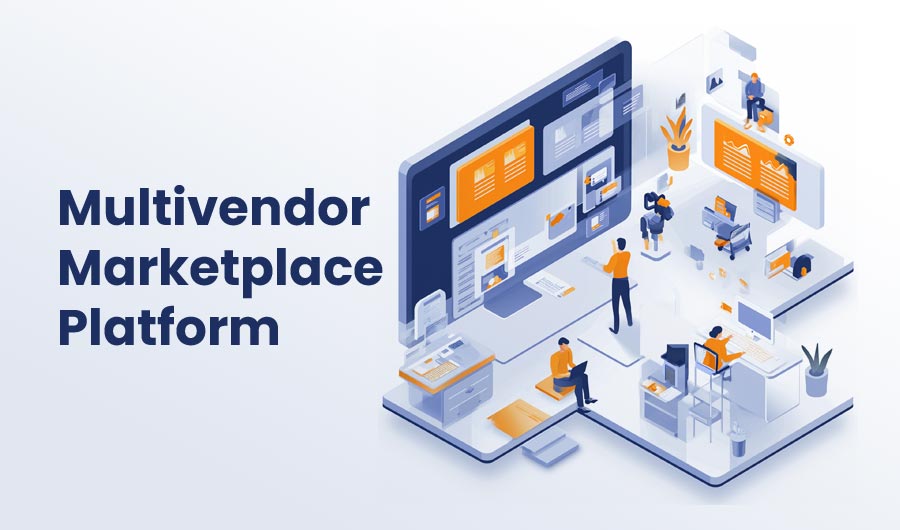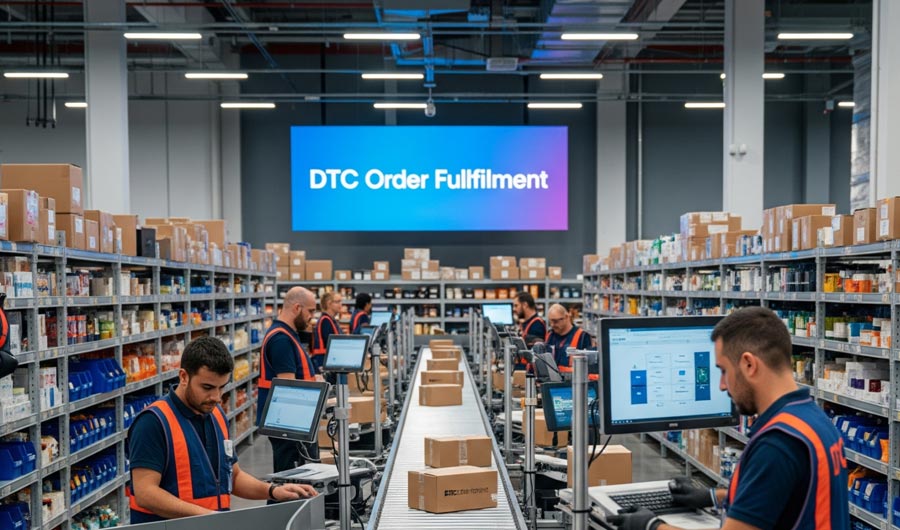
Emerging Trends in the Multivendor Marketplace Platform
The multivendor marketplaces are developing due to technological advancements. The other thing is the changing consumer preferences. These days, entrepreneurs can develop new business strategies by collaboration of digital marketing platforms. The enhanced customization is observed in developing the different products and services.

The other thing is the inclusion of augmented reality (AR) in the sale and purchase of products and services. The advanced logistics and delivery system has been developed with the assistance of the multi-vendor marketplace platform. The payment methods have become more secure and fast in the multivendor marketplace.
The AI-driven support assists the close collaboration with the clients and consumers. The products are continuously improving based on the reviews provided by the users.
The key elements of the advancement of the multivendor marketplace platform are:
Enhanced Personalization
The increased AI and machine learning offer customized shopping experiences. It includes product recommendations, in-depth marketing messages, and customized interfaces for the user.
It is now simple to understand the customer’s preferences and behavior. The vendor can offer more relevant products and services to the clients. The increased customization has its impact, like the creation of products specific to a customer.
Integration of Augmented Reality (AR)
The integration of Augmented reality and Virtual Reality is increasing in the multi vendor marketplace platform. The customers can visualize products and choose the products according to their preferences, in the AR-aided virtual showrooms where customers can interact with products in a 3D environment. The virtual showrooms have a 3D environment closer to reality and the choice of products is easy from a range of product lines.
Advanced Logistics and Delivery Solutions
The advanced logistics make it possible for faster delivery options. It leverages to develop a localized logistics facility with the assistance of the multivendor marketplace. The best multi-vendor marketplace platform provides the inventory facility for localized warehousing.
The delivery of products is possible by leveraging advanced logistics networks and localized warehousing. Logistics and supply chain improvement is possible through localized warehousing.
It is now possible to provide the product on the same day of order placement. Some of the multi vendors are offering free shipment services to the clients.
Mobile Commerce Dominance
The mobile-first designing principle essential for shopping has become a key aspect of the multivendor marketplace. The integration of the various mobile payment solutions made the payment methods simple and fast.
You can streamline the checkout the payment procedure without any real-time problems. The integration of fast and secure mobile payment methods has become an integral part of the multivendor marketplace platform.
Social Commerce Integration
The multivendor marketplace platform has integrated with social media platforms. It allows users to shop directly from social media posts and ads. This has made online shopping more effective and widespread across digital media platforms.
The other thing is a fast collaboration with the influencers to promote products and drive traffic to the marketplace.
AI Driven Customer Support
The Chatbots and Virtual Assistants deployments provided 24/7 customer support and handled common inquiries. The products are now closely prepared according to the reviews of the consumers.
The multi-vendor marketplace platform has now enhanced predictive analytics to anticipate customer needs and address issues proactively. Continuous improvement in product quality is possible with the emergence of close interaction with the target market.
Related: Top 7 eCommerce Trends Shaping the Future
- AI Integration: Utilizing artificial intelligence to enhance customer experience through personalized recommendations and automated customer service.
- Personalized Shopping Experiences: Offering tailored shopping experiences based on individual user preferences and browsing history.
- Enhanced Vendor Management: Improving tools and analytics for vendors to manage their inventory, sales, and customer interactions more effectively.
- Seamless Payment Solutions: Implementing efficient and secure payment gateways to streamline transactions and reduce friction for buyers and sellers.
- Mobile Optimization: Ensuring the marketplace platform is fully optimized for mobile devices to cater to the growing number of mobile shoppers.
- Sustainability Practices: Encouraging eco-friendly practices and products to appeal to environmentally conscious consumers.
- Social Commerce: Leveraging social media platforms to drive traffic and sales, integrating social features within the marketplace.
- Blockchain Technology: Using blockchain for transparent and secure transactions, ensuring trust and reducing fraud.
- Augmented Reality (AR): Incorporating AR to allow customers to visualize products in their environment before purchasing.
- Subscription Models: Introducing subscription services for regular delivery of products or access to exclusive deals.
Conclusion:
By embracing these trends, now the multivendor marketplaces are closer to consumer preferences. The result of these trends improves customer satisfaction and drives growth in the e-commerce market.






